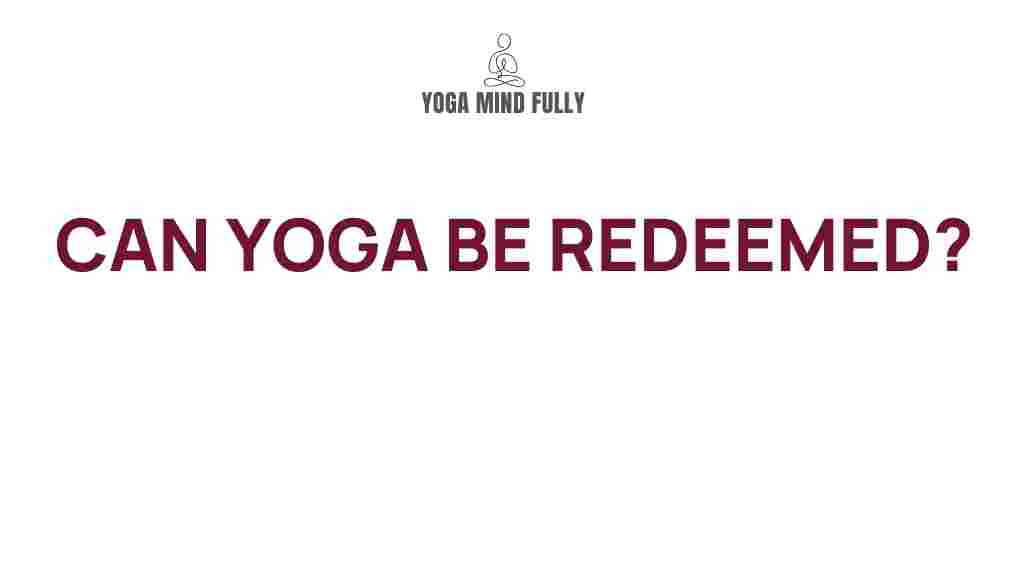Yoga, an ancient practice, continues to captivate millions worldwide. But is everything we hear about yoga true? Let’s delve into the myths and facts to uncover the real benefits of this timeless discipline.
Yoga: Myths vs. Facts
Despite its global popularity, yoga is often surrounded by misconceptions. In this article, we will examine the most common myths and replace them with facts to provide a clearer understanding of what yoga truly offers.
What is Yoga?
Originating over 5,000 years ago in India, yoga combines physical poses, breathing techniques, and meditation to enhance overall well-being. Today, it is practiced for its physical, mental, and spiritual benefits.
Myth 1: Yoga is Only About Flexibility
One of the most pervasive myths is that yoga is exclusively for flexible people. In reality:
- Fact: Yoga improves flexibility over time, but it also enhances strength, balance, and endurance.
- Beginners can start with simple poses like the Mountain Pose or Child’s Pose.
Yoga’s inclusivity makes it suitable for all fitness levels and body types.
Myth 2: Yoga is a Religious Practice
While yoga has roots in ancient spiritual traditions, it is not inherently religious. Here’s why:
- Fact: Modern yoga focuses on mindfulness, health, and relaxation rather than religious rituals.
- Yoga can be adapted to individual beliefs or practiced purely for its physical benefits.
Myth 3: You Need Expensive Gear to Practice Yoga
Contrary to popular belief, yoga does not require costly equipment. You only need:
- A non-slip yoga mat
- Comfortable clothing that allows movement
- A quiet space
Optional props, like blocks or straps, can enhance your practice, but they are not essential.
Step-by-Step: Starting Your Yoga Journey
Ready to embrace yoga? Follow these steps to get started:
- Set Clear Goals: Define why you want to practice yoga—stress relief, fitness, or mindfulness.
- Choose the Right Style: Explore various styles like Hatha (gentle), Vinyasa (flow-based), or Yin (restorative).
- Learn the Basics: Start with beginner-friendly poses like Downward Dog and Warrior I.
- Focus on Breath: Incorporate breathing techniques, such as Pranayama, to connect body and mind.
- Practice Consistently: Dedicate time daily or weekly for your practice, even if it’s just 10 minutes.
Common Challenges and How to Overcome Them
Like any new activity, yoga can present challenges. Here’s how to address them:
- Time Constraints: Opt for shorter sessions or integrate yoga into your daily routine.
- Difficulty with Poses: Modify poses using props or work with an experienced instructor.
- Lack of Motivation: Join a yoga community or follow online classes to stay inspired.
For detailed guidance, check out our Yoga Beginner’s Guide.
Benefits of Practicing Yoga
Consistent yoga practice offers numerous benefits, including:
- Improved flexibility and strength
- Better posture and balance
- Stress reduction and enhanced mental clarity
- Improved sleep quality
- Increased energy levels
Scientific research, such as studies published in journals like PubMed, highlights yoga’s impact on reducing anxiety and improving cardiovascular health.
Tips for Deepening Your Yoga Practice
Once you’ve mastered the basics, consider these tips to enhance your yoga journey:
- Incorporate meditation to deepen mindfulness.
- Attend advanced workshops or retreats for hands-on learning.
- Explore diverse yoga styles, such as Ashtanga or Kundalini, to challenge yourself.
- Track your progress by journaling your experiences and achievements.
Conclusion
Yoga is a versatile practice that transcends myths and offers tangible benefits for the body and mind. By understanding the facts, you can fully embrace its potential. Whether you’re seeking relaxation, physical fitness, or spiritual growth, yoga has something to offer everyone.
Start your yoga journey today, and unlock its secrets for a healthier, more balanced life.
This article is in the category Myths & Facts and created by YogaMindFully Team
